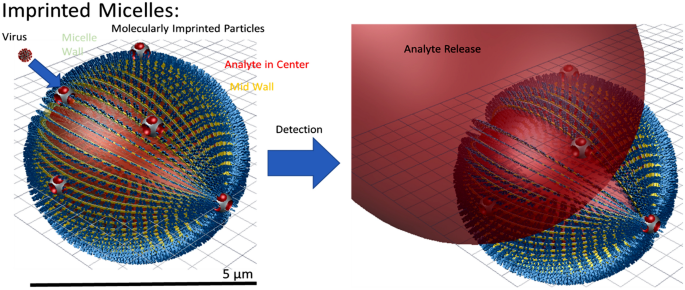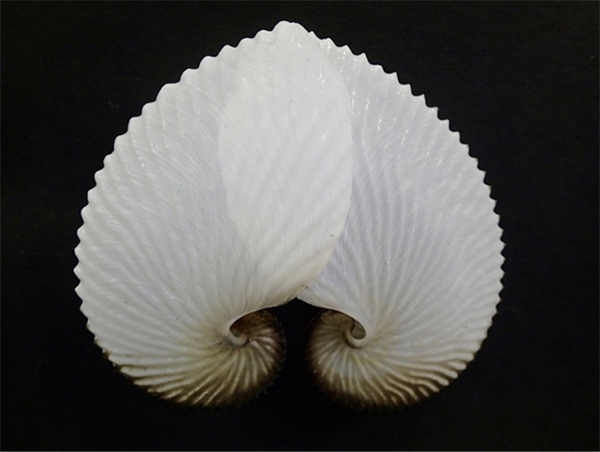2022-10-25 ジョージア工科大学
これらの気管および気管支スプリントは、気管気管支軟化症(気道虚脱)や気管形成不全(気道が全くない)など、まれな状態で生まれた子供の治療に使用されている。
このプロセスは、コンピュータ支援設計と3Dオブジェクトスキャナを使用し、ハードウェアに指示して材料を一層一層堆積させて、原型や製品を迅速に作成する。
研究者たちは、レーザー焼結として知られるプロセスに注目している – レーザーは粉末材料上の熱源として使用され、固体構造を作成するためにそれを結合させる。
<関連情報>
- https://research.gatech.edu/hollister-lab-develops-blueprint-3d-printed-personalized-medical-devices
- https://www.sciencedirect.com/science/article/abs/pii/S0142961222003428
小児用気道確保用生分解性デバイスの3Dプリントによる臨床グレードの製造 Clinical grade manufacture of 3D printed patient specific biodegradable devices for pediatric airway support
Harsha Ramaraju,April M.Landry,Subhadra Sashidharan,Abhishek Shetty,Sarah J.Crotts,Kevin O.Maher,Steven L.Goudy,Scott J.Hollister
Biomaterials Available online :21 August 2022
DOI:https://doi.org/10.1016/j.biomaterials.2022.121702

Abstract
Implantable patient-specific devices are the next frontier of personalized medicine, positioned to improve the quality of care across multiple clinical disciplines. Translation of patient-specific devices requires time- and cost-effective processes to design, verify and validate in adherence to FDA guidance for medical device manufacture. In this study, we present a generalized strategy for selective laser sintering (SLS) of patient-specific medical devices following the prescribed guidance for additive manufacturing of medical devices issued by the FDA in 2018. We contextualize this process for manufacturing an Airway Support Device, a life-saving tracheal and bronchial implant restoring airway patency for pediatric patients diagnosed with tracheobronchomalacia and exhibiting partial or complete airway collapse. The process covers image-based modeling, design inputs, design verification, material inputs and verification, device verification, and device validation, including clinical results. We demonstrate how design and material assessment lead to verified Airway Support Devices that achieve desired airway patency and reduction in required Positive End-Expiratory Pressure (PEEP) after patient implantation. We propose this process as a template for general quality control of patient-specific, 3D printed implants.


